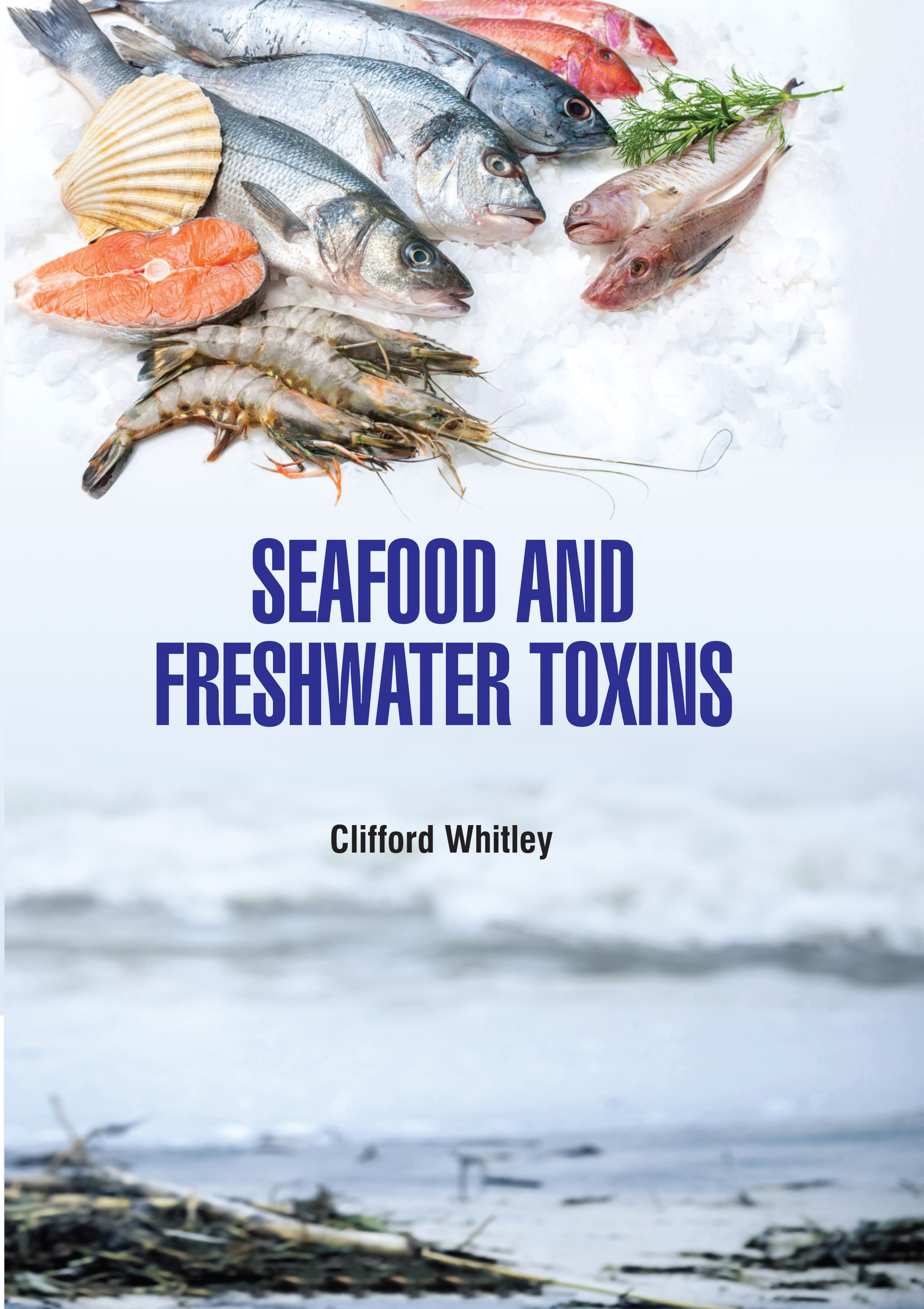
Seafood and Freshwater Toxins
by Clifford Whitley
| ISBN | 9789372428025 |
|---|---|
| Publisher | Digital Drive Learning |
| Copyright Year | 2026 |
| Price | $261.00 |

by Clifford Whitley
| ISBN | 9789372428025 |
|---|---|
| Publisher | Digital Drive Learning |
| Copyright Year | 2026 |
| Price | $261.00 |
The occurrence of marine and freshwater toxins is a rapidly evolving problem due to ever-changing circumstances. The true incidence of diseases transmitted by foods is not known. There are many reasons for this. In most countries there is no obligation to report on food borne diseases to public health authorities. In the few countries which have a reporting system there is severe under reporting. It has been estimated that as few as 1% of the actual cases of food borne diseases are recorded. This is because neither the victim nor the physician are aware of the etiological role of foods. The various disease agents which have been associated with consumption of seafood are listed and a few characteristics relevant to the evaluation of the hazards and risks related to their presence on fish and fish products are presented. The processes leading to spoilage and control options for disease agents as well as spoilage processes are briefly outlined. Fish and shellfish have a natural tendency to concentrate mercury in their bodies, often in the form of methylmercury, a highly toxic organic compound of mercury. Species of fish that are high on the food chain, such as shark, swordfish, king mackerel, albacore tuna, and tilefish contain higher concentrations of mercury than others. This is because mercury is stored in the muscle tissues of fish, and when a predatory fish eats another fish, it assumes the entire body, burden of mercury in the consumed fish. This book is information on detection and analysis, toxicological information on previously little known toxins, and food safety issues.